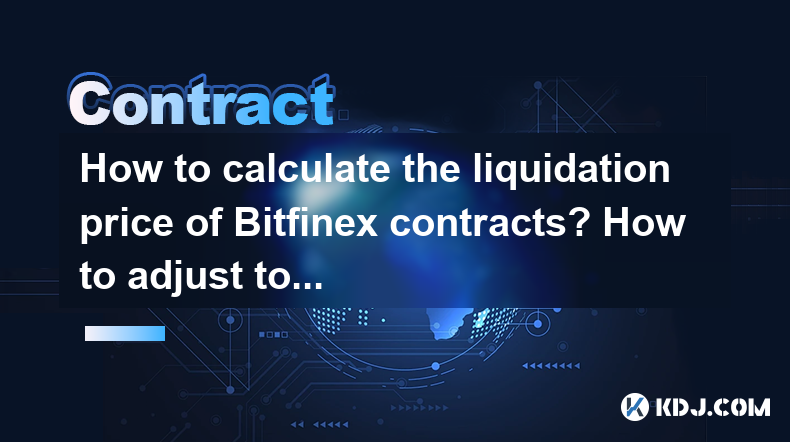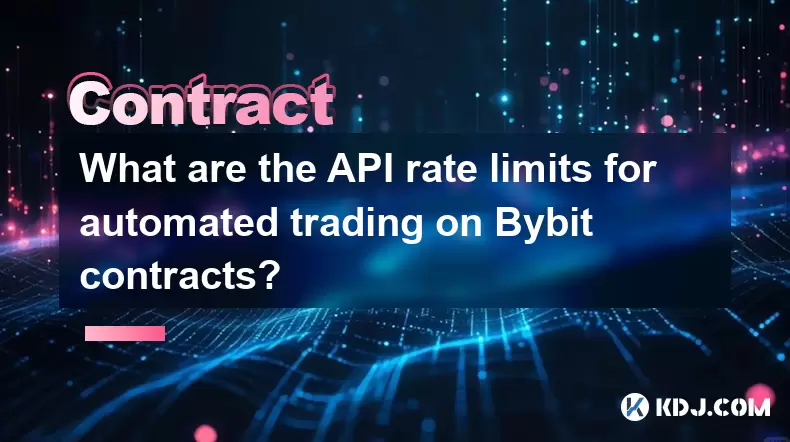-
 Bitcoin
Bitcoin $117500
2.15% -
 Ethereum
Ethereum $3911
6.19% -
 XRP
XRP $3.316
10.79% -
 Tether USDt
Tether USDt $1.000
0.01% -
 BNB
BNB $787.2
2.24% -
 Solana
Solana $175.2
4.15% -
 USDC
USDC $0.9999
0.00% -
 Dogecoin
Dogecoin $0.2225
8.40% -
 TRON
TRON $0.3383
0.28% -
 Cardano
Cardano $0.7868
6.02% -
 Stellar
Stellar $0.4382
9.34% -
 Hyperliquid
Hyperliquid $40.92
7.56% -
 Sui
Sui $3.764
7.63% -
 Chainlink
Chainlink $18.48
10.66% -
 Bitcoin Cash
Bitcoin Cash $582.1
1.88% -
 Hedera
Hedera $0.2601
6.30% -
 Avalanche
Avalanche $23.33
4.94% -
 Ethena USDe
Ethena USDe $1.001
0.02% -
 Litecoin
Litecoin $122.3
2.04% -
 UNUS SED LEO
UNUS SED LEO $8.969
-0.27% -
 Toncoin
Toncoin $3.339
0.86% -
 Shiba Inu
Shiba Inu $0.00001287
4.30% -
 Uniswap
Uniswap $10.43
7.38% -
 Polkadot
Polkadot $3.861
5.08% -
 Dai
Dai $1.000
0.02% -
 Bitget Token
Bitget Token $4.513
3.41% -
 Monero
Monero $267.7
-6.18% -
 Cronos
Cronos $0.1499
4.14% -
 Pepe
Pepe $0.00001110
5.15% -
 Aave
Aave $284.9
8.28%
How to calculate the liquidation price of Bitfinex contracts? How to adjust to avoid liquidation?
To manage risk on Bitfinex, calculate your liquidation price using entry price, leverage, position size, and maintenance margin rate, and adjust your position accordingly.
May 03, 2025 at 10:13 am

Understanding how to calculate the liquidation price of Bitfinex contracts and how to adjust your positions to avoid liquidation is crucial for any trader engaging in futures trading on the Bitfinex platform. This article will guide you through the process step-by-step, ensuring that you have the knowledge to manage your trades effectively.
Understanding Liquidation Price
The liquidation price is the price at which a leveraged position is automatically closed by the exchange to prevent further losses. This happens when the account's margin falls below the maintenance margin requirement. For Bitfinex contracts, understanding this price is essential to manage your risk.
To calculate the liquidation price for Bitfinex contracts, you need to consider several factors:
- Entry Price: The price at which you opened your position.
- Leverage: The amount of leverage you are using.
- Position Size: The size of your position in the contract's base currency.
- Maintenance Margin Rate: The minimum margin requirement set by Bitfinex to keep the position open.
The formula to calculate the liquidation price for a long position is:
[ \text{Liquidation Price}_{\text{Long}} = \text{Entry Price} \times \left(1 - \frac{1}{\text{Leverage}} + \frac{\text{Maintenance Margin Rate}}{\text{Leverage}}\right) ]
For a short position, the formula is:
[ \text{Liquidation Price}_{\text{Short}} = \text{Entry Price} \times \left(1 + \frac{1}{\text{Leverage}} - \frac{\text{Maintenance Margin Rate}}{\text{Leverage}}\right) ]
Example Calculation
Let's go through an example to make this clearer. Suppose you open a long position on Bitfinex with the following parameters:
- Entry Price: $50,000
- Leverage: 10x
- Position Size: 1 BTC
- Maintenance Margin Rate: 0.5%
Using the formula for a long position:
[ \text{Liquidation Price}{\text{Long}} = 50,000 \times \left(1 - \frac{1}{10} + \frac{0.005}{10}\right) ]
[ \text{Liquidation Price}{\text{Long}} = 50,000 \times \left(1 - 0.1 + 0.0005\right) ]
[ \text{Liquidation Price}{\text{Long}} = 50,000 \times 0.9005 ]
[ \text{Liquidation Price}{\text{Long}} = 45,025 ]
So, the liquidation price for this long position would be $45,025.
Adjusting to Avoid Liquidation
To avoid liquidation, traders need to monitor their positions closely and take action when necessary. Here are some strategies to help you adjust your position:
Reduce Leverage: By reducing the leverage on your position, you can increase the distance between the current market price and your liquidation price. To do this on Bitfinex:
- Go to the trading interface.
- Select your open position.
- Adjust the leverage slider to a lower value.
- Confirm the change.
Add More Margin: Adding more margin to your account can help maintain your position. Here's how to do it on Bitfinex:
- Navigate to the funding section.
- Select the currency you want to deposit.
- Follow the instructions to deposit funds into your account.
- The additional funds will automatically be used to support your open positions.
Close Part of the Position: Reducing the size of your position can also help avoid liquidation. To do this:
- Go to the trading interface.
- Select the position you want to adjust.
- Enter the amount you wish to close.
- Confirm the transaction.
Set Stop-Loss Orders: Using stop-loss orders can automatically close your position at a predetermined price, protecting you from further losses. Here's how to set one on Bitfinex:
- Open the trading interface.
- Select your position.
- Click on "Add Order".
- Choose "Stop" as the order type.
- Set the trigger price and the amount to close.
- Confirm the order.
Monitoring Your Position
Continuous monitoring of your position is essential to manage risk effectively. Bitfinex provides tools to help you keep an eye on your positions:
- Position Dashboard: This displays all your open positions, including the current market price, your entry price, and the liquidation price.
- Alerts: You can set up price alerts to notify you when the market price approaches your liquidation price.
- Risk Management Tools: Bitfinex offers risk management tools that allow you to see potential liquidation scenarios based on different market conditions.
Understanding Bitfinex's Margin Requirements
Bitfinex's margin requirements can change based on market volatility and other factors. It's important to stay updated on these changes:
- Initial Margin: The amount of margin required to open a position.
- Maintenance Margin: The minimum margin required to keep the position open.
- Margin Call: When your margin falls below the maintenance margin, Bitfinex will issue a margin call, prompting you to add more funds or close part of your position.
To check the current margin requirements on Bitfinex:
- Go to the trading interface.
- Look for the "Margin Requirements" section.
- Review the initial and maintenance margin rates for your chosen contract.
Frequently Asked Questions
Q: Can I change the liquidation price after opening a position on Bitfinex?
A: Yes, you can adjust the liquidation price by changing the leverage, adding more margin, or reducing the size of your position. Each of these actions will recalculate your liquidation price based on the new parameters.
Q: What happens if I get liquidated on Bitfinex?
A: If your position is liquidated, Bitfinex will automatically close your position at the liquidation price. Any remaining margin in your account will be used to cover losses, and if there are still losses after using the margin, they will be covered by the Bitfinex insurance fund.
Q: How often should I check my liquidation price on Bitfinex?
A: It's advisable to check your liquidation price frequently, especially during periods of high market volatility. Setting up alerts can help you stay informed without constantly monitoring the market.
Q: Can I use Bitfinex's API to automate liquidation price adjustments?
A: Yes, Bitfinex offers an API that allows you to automate various aspects of your trading, including adjusting leverage and adding margin. You can use this to create scripts that automatically adjust your position to avoid liquidation based on predefined conditions.
Disclaimer:info@kdj.com
The information provided is not trading advice. kdj.com does not assume any responsibility for any investments made based on the information provided in this article. Cryptocurrencies are highly volatile and it is highly recommended that you invest with caution after thorough research!
If you believe that the content used on this website infringes your copyright, please contact us immediately (info@kdj.com) and we will delete it promptly.
- EigenLayer, Restaking, and Ethereum: Navigating the Hype and the Hazards
- 2025-08-08 06:30:12
- Super Bowl 59: Jon Batiste to Jazz Up the National Anthem
- 2025-08-08 06:30:12
- Cold Wallet Crypto in 2025: The Future is Now, Ya'll
- 2025-08-08 05:10:13
- MAGACOIN, SOL, and ADA: A Tale of Shifting Tides in Crypto
- 2025-08-08 05:10:13
- SHIB Price, PEPE, and the Memecoin Supercycle: Who Will Reign Supreme?
- 2025-08-08 05:50:12
- Pudgy Penguins Price Prediction: Google Trends & Breakout Signals
- 2025-08-08 05:50:12
Related knowledge

What is the minimum deposit for OKX contracts?
Aug 08,2025 at 07:00am
Understanding OKX Contract Trading BasicsOKX is one of the leading cryptocurrency derivatives exchanges, offering a wide range of perpetual and future...

Where can I find the OKX trading calculator?
Aug 08,2025 at 07:49am
Understanding the OKX Trading Calculator FunctionalityThe OKX trading calculator is a powerful analytical tool designed to assist traders in estimatin...

Are there any fees for futures settlement on OKX?
Aug 08,2025 at 05:35am
Understanding Futures Settlement on OKXFutures settlement on OKX refers to the process by which open futures contracts are automatically closed or mar...

How to use the OKX margin calculator for futures?
Aug 08,2025 at 05:15am
Understanding the OKX Margin Calculator for FuturesThe OKX margin calculator is a specialized tool designed to assist traders in estimating the requir...

How to find and copy experienced traders on Bybit contracts?
Aug 08,2025 at 06:00am
Understanding Copy Trading on BybitBybit offers a copy trading feature that allows users to automatically replicate the contract positions of experien...

What are the API rate limits for automated trading on Bybit contracts?
Aug 08,2025 at 06:08am
Understanding API Rate Limits on BybitWhen engaging in automated trading on Bybit contracts, understanding the API rate limits is essential to prevent...

What is the minimum deposit for OKX contracts?
Aug 08,2025 at 07:00am
Understanding OKX Contract Trading BasicsOKX is one of the leading cryptocurrency derivatives exchanges, offering a wide range of perpetual and future...

Where can I find the OKX trading calculator?
Aug 08,2025 at 07:49am
Understanding the OKX Trading Calculator FunctionalityThe OKX trading calculator is a powerful analytical tool designed to assist traders in estimatin...

Are there any fees for futures settlement on OKX?
Aug 08,2025 at 05:35am
Understanding Futures Settlement on OKXFutures settlement on OKX refers to the process by which open futures contracts are automatically closed or mar...

How to use the OKX margin calculator for futures?
Aug 08,2025 at 05:15am
Understanding the OKX Margin Calculator for FuturesThe OKX margin calculator is a specialized tool designed to assist traders in estimating the requir...

How to find and copy experienced traders on Bybit contracts?
Aug 08,2025 at 06:00am
Understanding Copy Trading on BybitBybit offers a copy trading feature that allows users to automatically replicate the contract positions of experien...

What are the API rate limits for automated trading on Bybit contracts?
Aug 08,2025 at 06:08am
Understanding API Rate Limits on BybitWhen engaging in automated trading on Bybit contracts, understanding the API rate limits is essential to prevent...
See all articles

























































































